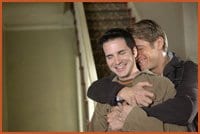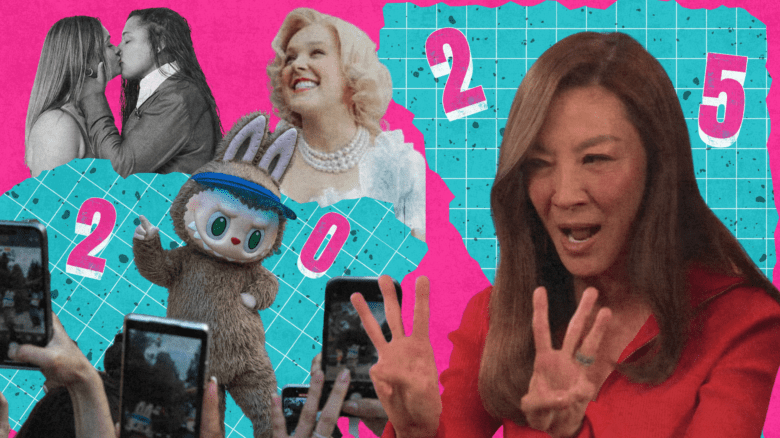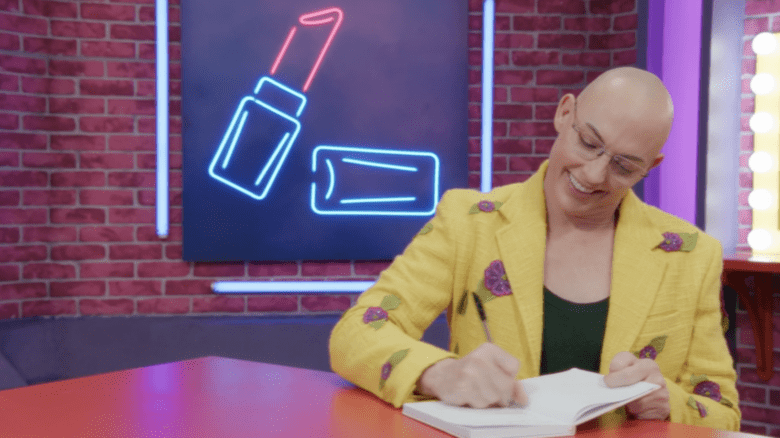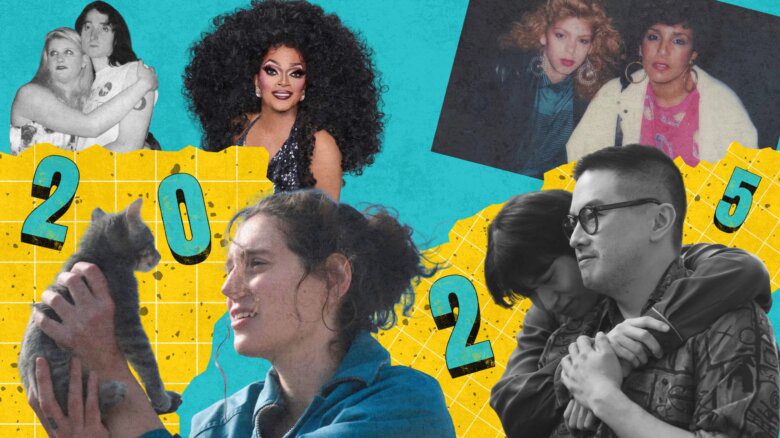
TOOK THE EASY WAY OUT. Brian and Justin had the best and most interesting relationship in the early years of Queer As Folk, writes Pat Croteau. And Emmett was, well, true to himself. But the sharp edg
Once upon a time, a new show hit television. It was edgy, bold, frank and pulled few punches. It was honest, sometimes crude and often refreshing.
Then in the tradition of US television, the original British Queer As Folk was adapted for this side of the pond (notably after cable television channel Showcase had the guts to air the original uncensored and with little advertiser support). But unlike most in that tradition, this North American adaptation didn’t water down the content. Filmed in Toronto though set in the US, QAF featured gay characters that were anything but tokens.
For all of its melodrama, I have to say I loved the show. It was hot, it was entertaining and it was refreshing. Predictably, many people cried out in horror at the sex scenes and behaviour depicted on the show – and it sometimes seemed the loudest cries came from within our communities.
“I don’t know anyone like that!” it was fashionable in some quarters to say. Please, Mary! We all know introverted Teds who lacked the self-confidence to pick up a hot date, young and horny Justins who fell madly in love with their first fuck, Emmetts whose flame burnt brightly, slutty Brians we bitched about but secretly envied, and, of course, sweet and relatively benign Michaels. Oh yeah, and we all knew the token lesbians too. The problem was not that QAF failed to reflect many segments of our community; rather, it was that it was all too honest in showing many very real parts of our gay lives.
Always a socially conscious show, the fifth season episodes explored the return of syphilis, the changing political climate in the US, same-sex marriage in Canada and hate crimes resulting in injury, loss of property and death. I have to say that, if nothing else, season five succeeded brilliantly in its chilling depictions of hate and homophobia.
Fairy tales always end with everyone living happily ever after. Sure enough, the show ended with (nearly) everyone happily coupled, even Emmett conveniently bumping into an old friend. And here is where I feel QAF dropped the ball. Season five showed only two relationship possibilities: the monogamous couple or no relationship at all.
First we had perpetual problem couple, Justin and Brian. Once, in my opinion, they boasted the healthiest relationship on the show. This year, however, we went from one extreme to another: they break up; no, they’ll get married; no, they more or less break up. It seemed that anything was better than the status quo: a healthy and previously happy open relationship. Sure, Brian had intimacy issues, but that could have been dealt with without having the characters catch monogamy.
It could be argued that I am reading too much into one relationship, but I point out that it was not the only case in which the show’s creators said, “Monogamy or bust.” How did Emmett react to football jock Drew Boyd’s second adolescence? He told “Drewsie” to go forth and fuck, but that he wasn’t ready for a relationship. Hmm, maybe he wasn’t ready for monogamy, but I didn’t see any lack of relationship commitment.
Underlying the real lack of social progress in the show were Michael Novotny’s words, when he was invited by a congresswoman to speak after the bombing of nightclub Babylon. “The truth is, I’m just like you,” Michael told the presumably straight audience and media. He then back-tracked, elaborating, “In the gay community, we have drag queens, leather daddies, trannies and couples with children.” The speech was meant to feature diversity, yet look at how little diversity it really includes. What about single mothers and fathers? What about polyamorous relationships? What about the “alphabet soup?”
In the end, the show that broke new ground for television itself fell victim to defining people by only two criteria: clothing and kids. The show was part of a growth period for cable television, but showed little growth in its own right, staying firmly stuck in the “freaky queers vs socially acceptable queers” paradigm. Who would have guessed QAF would end on such a conservative note?
It was a very entertaining show, with talented writers, actors, directors – and very high production values. It is very hard for a TV show to maintain its tone and quality over five years, and like many shows before it QAF lost its edge. At some point it became mainstream, and settled into a comfort zone. In doing so, it reflected what many see in our communities – a growing division between those who conform to the straight norm and those living more innovative lives. The show went for the norm. I sincerely hope we never lose the diversity in our real-world communities.

 Why you can trust Xtra
Why you can trust Xtra


